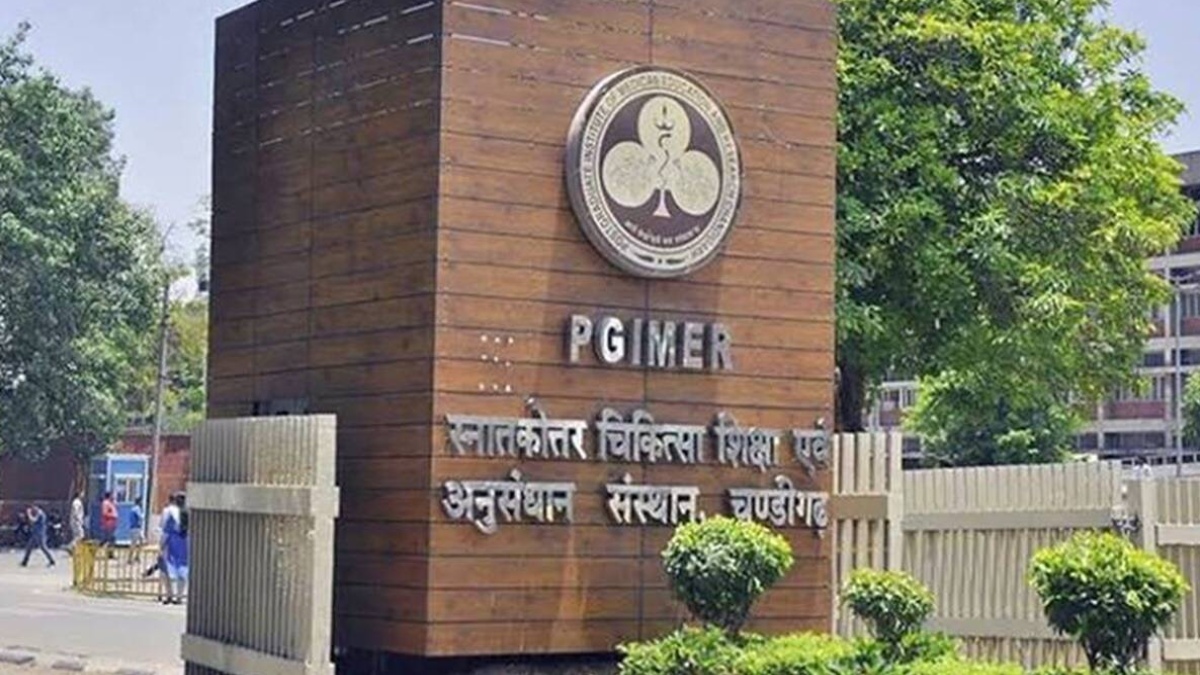


A new species of bacterium that causes serious infections especially in ICU patients has been discovered by Prof Vikas Gautam of PGIMER and Dr Prabhu Patil of CSIR-IMTECH. The species was detected a few years back. It has been named “Stenotrophomonas Sepilia” and it was recently isolated from a blood sample of a hospitalised patient with the condition called sepsis.
Prof Vikas Gautam, Dept of Medical Microbiology, PGIMER , and Dr Prabhu Patil, Principal Scientist, CSIR-IMTECH have announced a new species of a bacterium that causes serious infections, especially in ICU patients. The species was detected in a patient admitted at PGIMER, before the Covid-19 pandemic, a few years back.
A high death rate ranging from 20-60% has been found associated with various kinds of infections caused by this bacterium that includes pneumonia and blood infections, due to lack of appropriate antibiotic therapy. The common high-end antibiotics used in ICU patients don’t work on this organism. One has to first of all correctly identify this bacteria and then the right kind of antibiotic is to be given to the patient based on the lab report.
The journey started in 2005 when Dr Vikas Gautam initiated research on this difficult to identify human pathogen. In 2009, to overcome the problem of their identification, Dr Vikas Gautam and team in collaboration with Peter Vandamme (Researcher, Belgium group) standardised simple tests for identification by a routine microbiology laboratory. Interestingly, around the same time Dr Prabhu Patil also started working on this bacterium in environmental samples. In 2012, for the first time in India, this team carried out genomic study of a similar bacterium on the samples and linked the infection with its source without any help from foreign counterparts or expertise. Extending their years of meticulous hard work, in 2018, both have reported the new genomospecies of this bacterium.
This new species isolated from a clinical specimen has the potential to replace the leading species of this organism as this species has been identified in eight patients at PGIMER.
While several novel species of bacteria have been reported from India, almost all are from environmental samples or resident flora from healthy human body samples. This is probably the first report from India reporting a new human pathogenic species in a bacterium. This work has been published in New Microbes and New Infections, a leading journal by Elsevier.
“We need to identify such infections correctly and with less turnaround time (TAT) so that the right antibiotic is started, and patients can be saved timely from its dire consequences,” says Dr Gautam.